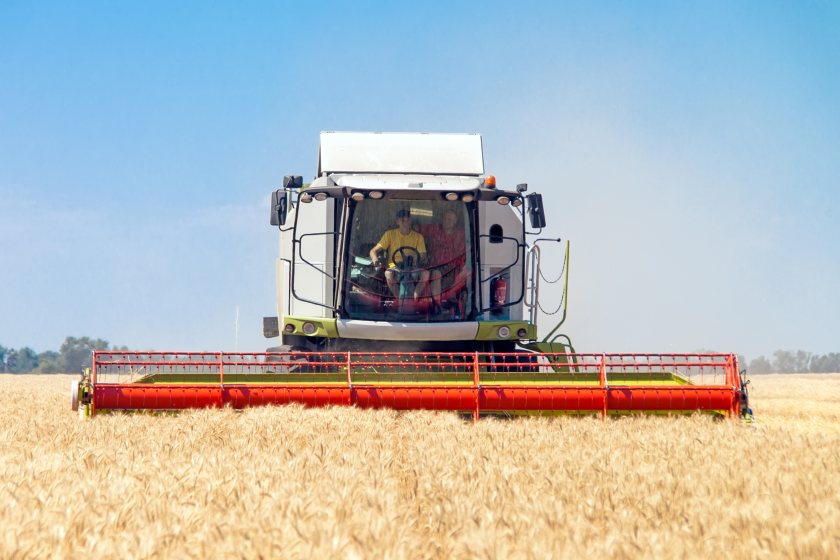
Last year was challenging for UK cereal and oilseed growers due to a marked decline in both wheat and oilseed rape production, leading to a reliance on imports.
The UK’s cereal harvest in 2024 was notably smaller, with wheat production down by 20% compared to the previous year due to bad weather, new figures show.
As a result of this smaller harvest, the UK has increased its reliance on imported grains, particularly higher protein milling quality grain.
Wheat imports are forecast to rise to 2.75m tonnes in 2024/25, a 13% increase, according to a new AHDB forecast, released today (28 February).
It says that some recovery is expected in the size of the UK wheat crop in 2025, but it will not rebound back to average levels due to continued weather challenges in some regions.
Combining AHDB's Early Bird Survey-projected UK wheat area with an average yield over the last five years, the UK crop would reach 12.5m tonnes in 2025.
While this would be up by 12% on year earlier levels, it is still well below the five-year average of 13.9m tonnes, the levy organisation says.
Meanwhile, the UK’s oilseed rape (OSR) production continues to struggle. In 2024, OSR production fell by 32% to 824 thousand tonnes (Kt), driven by a sharp reduction in planted area and disappointing yields.
AHDB's Early Bird Survey (EBS) pegged the UK OSR area at 244 Kha for harvest 2025, down by 17% year-on-year and the smallest in 42 years.
Markedly lower areas of OSR are expected in all areas of England, and based on yields over the past five years, UK OSR production in 2025 could range from 643 Kt to 912 Kt.
As a result, the UK will be more reliant on imports to meet domestic demand for rapeseed, according to the forecast.
In the 2024-2025 marketing year, imports are forecast to reach 875 Kt, up from 743 Kt the previous year.
Oilseed rape prices have been supported by limited global and domestic supply over the past year, AHDB explains.
The spot domestic delivered price into Erith increased by over 23% from January 2024 to January 2025.
However, while tighter market conditions have pushed prices higher, global competition, particularly from Brazil’s soyabean production, could curb further price increases in the medium and long term.
Both the cereal and oilseed markets are being impacted by global weather patterns, with production concerns in major exporting countries.
EU and Black Sea region production of cereals and oilseeds is expected to remain below typical levels due to adverse weather conditions and geopolitical instability.
This could lead to some support in global prices in the short to medium term, which will likely filter through to domestic prices, the forecast says.
Olivia Bonser, AHDB senior market analyst, said 2024 was a challenging year for UK cereal and oilseed producers following the decline in productivity.
"This smaller harvest is leading to an increased reliance on imports, which comes at a time of global market uncertainty," she added.
"While there are signs of potential recovery in 2025, particularly for wheat, the decline in domestic production in 2024, coupled with competitive import prices, is creating a challenging environment for farmers.
“While global prices may rise in the short term due to tight supply, the longer-term outlook remains unpredictable."
This was due to global weather patterns, trade dynamics, and competition from major exporters like Brazil and the EU all influencing market conditions, Ms Bonser said.
"It’s crucial that UK farmers keep an eye on markets, as the coming months are key for the development of the 2025 Northern Hemisphere crops, and we could see some fluctuations in prices.”
According to AHDB's report, the UK grain and oilseed markets are likely to remain volatile in 2025, with prices driven by fluctuating supply and demand dynamics both domestically and globally.
While the short-term outlook for rapeseed prices is upward, driven by limited supply and lower palm oil production, broader market forces such as soybean exports from Brazil could put downward pressure on longer-term price movements.
Similarly, cereal prices could face support from limited global supply in the short term, the forecast explains.
However, increased maize supplies from South America and the US could weigh on prices longer term, as well as concern over slowing economies of key importers.
